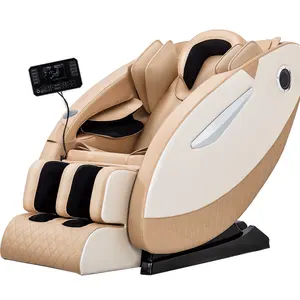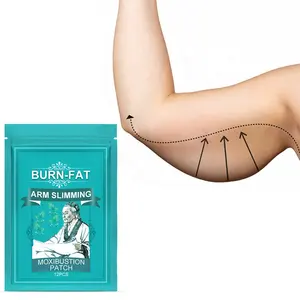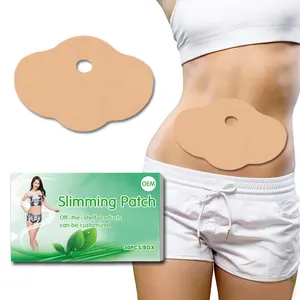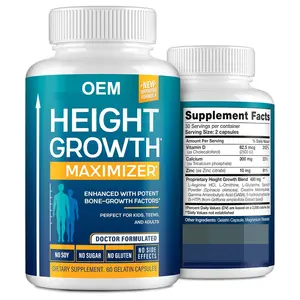Sektörünüzde popüler






NI.AI yeşil renkli aplike afrika 3D dantel kumaş 2024 yüksek kalite fransız nakış lüks el boncuklu düğün dantel

₺456,93 - ₺470,63
Minimum Sipariş Miktarı: 5 Yarda

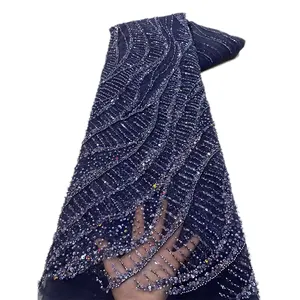





NI.AI yeni moda boncuklu dantel inciler pullu kumaş işlemeli payetler şerit dantel kumaş Net dantel elbise için
₺274,02 - ₺318,55
Minimum Sipariş Miktarı: 5 Yarda






Süt Silk130cmWide suda çözünür nakış dantel dubai kumaş nakış beyaz dantel kumaş

₺116,46 - ₺123,31
Minimum Sipariş Miktarı: 10 Yarda





Özel Logo chinlon naylon dantel nakış konfeksiyon aksesuarları beyaz iç çamaşırı giyim için gipür dantel kumaş
Gönderime Hazır
₺17,13 - ₺20,56
Minimum Sipariş Miktarı: 1000 Yarda
Parça başına nakliye: ₺12,68






Dantel boncuklu kumaş süt ipek tam suda çözünür nakış dantel moda bez

₺126,74 - ₺137,01
Minimum Sipariş Miktarı: 10 Yarda







Lüks nakış fildişi beyaz nakış gelin tül dantel kumaş
Gönderime Hazır
₺239,77 - ₺256,89
Minimum Sipariş Miktarı: 5 Yarda
Parça başına nakliye: ₺207,57






Fildişi işlemeli küçük papatya keten rami İsviçre pamuk vual dantel taze bitki renkli nakış keten kumaş ev elbise kumaş
₺203,80 - ₺238,06
Minimum Sipariş Miktarı: 100 Yarda
Parça başına nakliye: ₺33,91






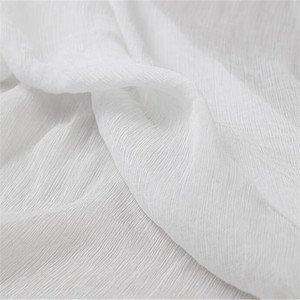





Beyaz fildişi renk % 100% saf ipek kırışık Georgette kumaş nakış bahar kadın elbise
₺222,64 - ₺280,87
Minimum Sipariş Miktarı: 5 Metre
Parça başına nakliye: ₺179,49





Lüks Fildişi Nakış Pullu Dantel Kumaş düğün elbisesi
Gönderime Hazır
₺256,89 - ₺267,17
Minimum Sipariş Miktarı: 5 Yarda
Parça başına nakliye: ₺356,23






Sıcak satış iyi fiyat fildişi sequins nakış dantel kumaş düğün parti elbise için
₺171,26 - ₺256,89
Minimum Sipariş Miktarı: 200 Yarda



Moda pembe fildişi, koyu kırmızı bej mor inci örgü gelin boncuklu nakış mavi şal dantel kumaş
₺274,02 - ₺787,80
Minimum Sipariş Miktarı: 200 Yarda
En iyi kategoriler
nakış fildişi kumaş hakkında
nakış fildişi kumaş bugünlerde sıradan insanlar için yeni bir şey değil ve artık kullanımı bir tabu olarak görülmüyor. Sondan bir önceki zevki arıyorsanız, muazzam olanı kontrol etmelisiniz. Alibaba.com'da nakış fildişi kumaş koleksiyonu. Bunlar şehvetli ve kıvrımlı. nakış fildişi kumaş her kuruşa değer ve geceyi sizin için özel kılar. Bu bebeklerin saçlarından ayak parmaklarına kadar her anlamda gerçeğe yakın bir görünümü var.
İster hayat gibi bir partner arayan yalnız bir insan olun, ister hayatına renk katmak isteyen bir çift olun, bunları kullanabilirsiniz. . O yangını yakmak için nakış fildişi kumaş. Bunlar muhteşem. nakış fildişi kumaş, beklentilerinize göre özelleştirilebilir. Bunlar harika. nakış fildişi kumaş hem erkek hem de dişi versiyonlarda mevcuttur ve güvenli kullanım için ilaç sınıfı silikondan yapılmıştır. Şimdi bir tane alın ve tutku ve ateşle dolu bir gecenin tadını çıkarın.
Alibaba.com bu muhteşem seçenekleri sunuyor. Tüm vücut şekillerinde, boyutlarında ve etnik kökenlerde nakış fildişi kumaş. İçin gereksinimleriniz ne olursa olsun. nakış fildişi kumaş, hepsini sitede bulabilirsiniz. Bunlar. nakış fildişi kumaş en iyi ustalar tarafından şekillendirilir ve her karmaşık ayrıntı baştan sona incelenir. Bu bebeklerin gözleri, saçları, tırnakları ve diğer tüm vücut parçaları gerçek hayattaki bir insanınkine benzer.
Alibaba.com geniş bir yelpazede sunmaktadır. nakış fildişi kumaş bütçenize ve diğer gereksinimlerinize uyan ürünleri satın almanıza yardımcı olabilir. Bu ürünlerin kullanımı güvenli, sertifikalı ve doğası gereği çevre dostudur. Bu ürünler için OEM siparişleri mevcuttur.
İster hayat gibi bir partner arayan yalnız bir insan olun, ister hayatına renk katmak isteyen bir çift olun, bunları kullanabilirsiniz. . O yangını yakmak için nakış fildişi kumaş. Bunlar muhteşem. nakış fildişi kumaş, beklentilerinize göre özelleştirilebilir. Bunlar harika. nakış fildişi kumaş hem erkek hem de dişi versiyonlarda mevcuttur ve güvenli kullanım için ilaç sınıfı silikondan yapılmıştır. Şimdi bir tane alın ve tutku ve ateşle dolu bir gecenin tadını çıkarın.
Alibaba.com bu muhteşem seçenekleri sunuyor. Tüm vücut şekillerinde, boyutlarında ve etnik kökenlerde nakış fildişi kumaş. İçin gereksinimleriniz ne olursa olsun. nakış fildişi kumaş, hepsini sitede bulabilirsiniz. Bunlar. nakış fildişi kumaş en iyi ustalar tarafından şekillendirilir ve her karmaşık ayrıntı baştan sona incelenir. Bu bebeklerin gözleri, saçları, tırnakları ve diğer tüm vücut parçaları gerçek hayattaki bir insanınkine benzer.
Alibaba.com geniş bir yelpazede sunmaktadır. nakış fildişi kumaş bütçenize ve diğer gereksinimlerinize uyan ürünleri satın almanıza yardımcı olabilir. Bu ürünlerin kullanımı güvenli, sertifikalı ve doğası gereği çevre dostudur. Bu ürünler için OEM siparişleri mevcuttur.

